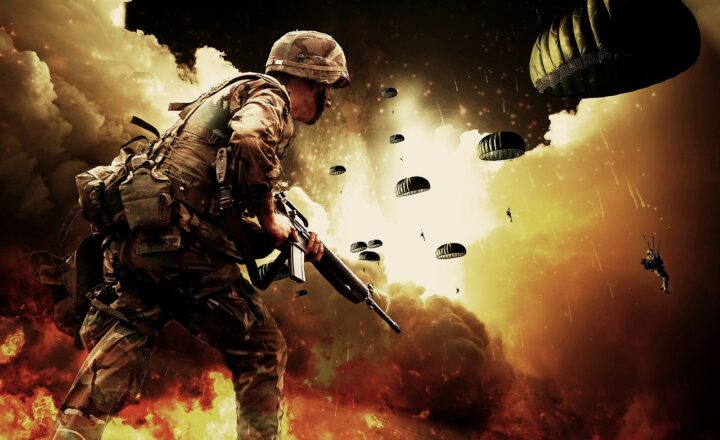
In recent years, educators have turned to an engaging and creative method of teaching history: comics. This innovative approach combines visual storytelling with factual content, creating an appealing medium that resonates with diverse learners. As traditional educational tools face scrutiny for their effectiveness in engaging students, the integration of comics as a teaching strategy has gained traction.
1. The Power of Visual Learning
Visual learning is a powerful educational strategy that taps into the human brain’s natural tendency to respond to images. Research shows that people retain information better when it is presented visually rather than through text alone.
Why Comics Work:
– Illustrative Storytelling: Comics provide a narrative format, weaving facts into compelling stories that allow historical figures and events to come to life.
– Accessibility: The combination of images and dialogue simplifies complex narratives, making them accessible to readers of varying literacy levels, including English language learners and younger audiences.
– Retention Aid: The visuals aid memory retention, making it easier for students to remember key events, dates, and figures associated with the historical content.
2. Integrating Comics into the Classroom
With the rise of graphic novels and comic books, educators are discovering numerous methods for incorporating these visual aids effectively into their history curriculum.
Examples of Integration:
– Supplemental Reading Material: Use graphic novels like “The 9/11 Report: A Graphic Adaptation” or “Maus” by Art Spiegelman as supplemental texts that provide unique perspectives on historical events.
– Classroom Activities: Encourage students to create their own comic strips to summarize historical events or figures. This initiative promotes comprehension and allows students to express their understanding creatively.
– Digital Comics: Utilize digital tools like Pixton or Comic Life that enable students to create and share their comics online, generating excitement and collaboration among peers.
3. Successful Examples of Comics in Teaching History
Several historical comic series and graphic novels have gained recognition for successfully engaging students while teaching critical lessons from the past.
Notable Titles:
– “March” by John Lewis: This series chronicles Lewis’s experiences during the Civil Rights Movement, providing students with insight into the social justice fight. The visual representation creates a powerful emotional resonance.
– “Persepolis” by Marjane Satrapi: A poignant story set during the Iranian Revolution, this graphic memoir teaches about a particular historical moment through the lens of personal experience, allowing readers to connect emotionally.
– “The Civil War” by Ken Burns: Adapted from the acclaimed documentary, this comic presents poignant narratives and imagery from America’s Civil War, making the complex subject matter palpable.
These examples illustrate how comics can convey history’s depth and humanity, enriching the learning experience.
4. Benefits of Using Comics in History Education
The use of comics in teaching history boasts numerous advantages, enhancing both student engagement and understanding.
Key Benefits:
– Engagement and Motivation: Comics capture students’ attention, making lessons more enjoyable and inspiring active participation in learning.
– Cultural Representation: Comics often include diverse perspectives, showcasing historical events from multiple viewpoints, providing a more comprehensive understanding.
– Critical Thinking: Creating comics encourages students to analyze historical events and select essential information, fostering deeper cognitive skills.
5. Challenges and Considerations
While comics carry many benefits, integrating them into history education comes with its challenges:
Considerations:
– Quality Assurance: Not all comics are historically accurate, so it is crucial to vet the materials thoroughly to ensure factual integrity.
– Perceptions of Seriousness: Some educators may view comics as less serious than traditional texts, potentially undermining their credibility in teaching history.
– Resource Availability: Access to quality comics and graphic novels can be limited, necessitating additional funding or institutional support.
Overcoming these challenges requires thorough research, careful selection of materials, and advocacy for the educational value of comics.
6. Conclusion: A Bright Future for Comics in Education
The pedagogical landscape continues to evolve, and comics are set to play an increasingly important role in history education. By leveraging the engaging nature of comics, educators can capture students’ imaginations, making complex historical topics more approachable and enjoyable.
As the next generation of learners navigates an ever-changing world, innovative teaching methods like comics are essential in fostering both critical thinking and a passion for learning about history. It is time for history education to embrace the artistry and storytelling power of comics to enlighten and inspire young minds for years to come.






